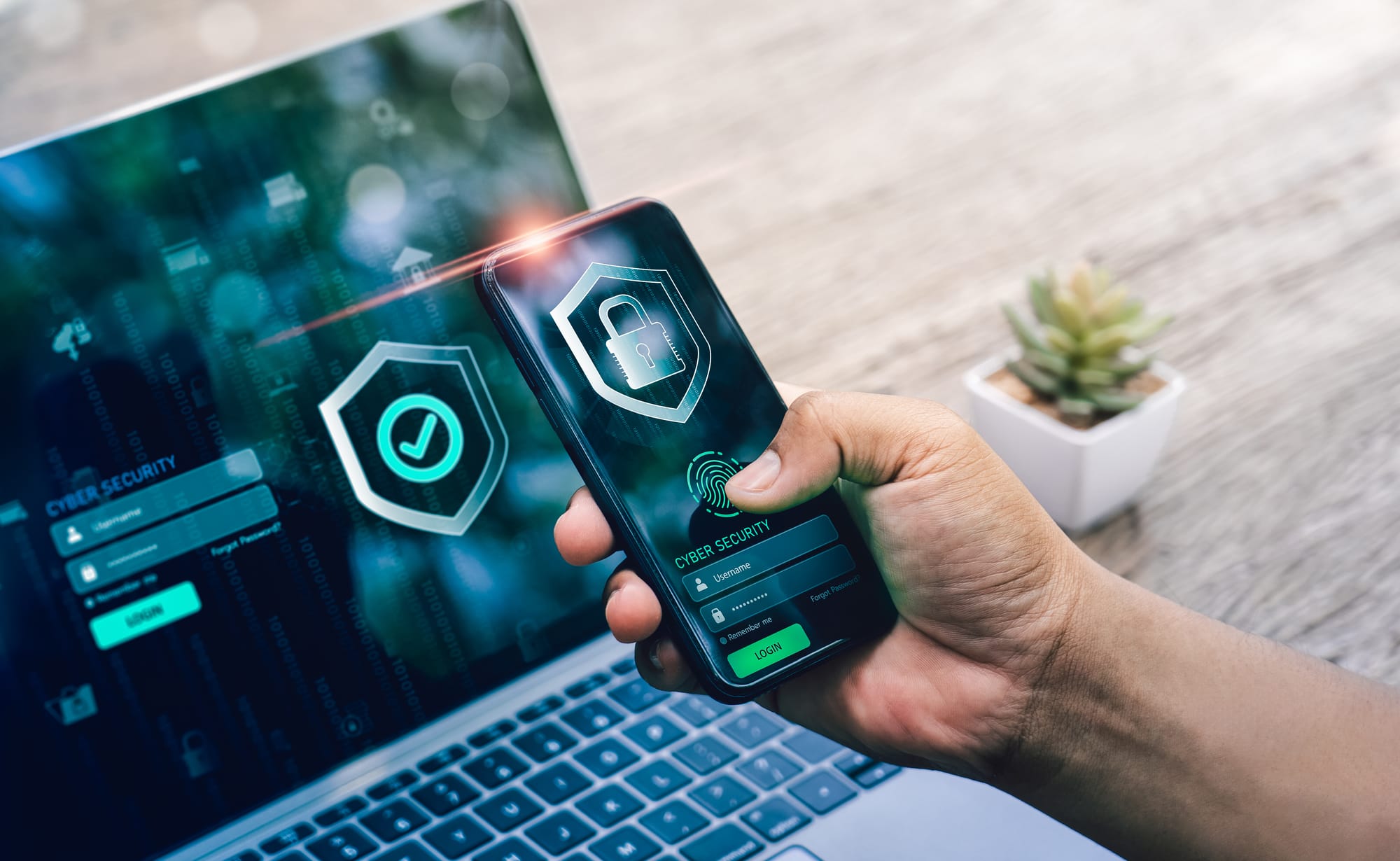10 MUST HAVE SECURITY MEASURES FOR THE FUTURE: CYBERSECURITY STRATEGY ESSENTIALS

In the ever-evolving landscape of digital technology, cybersecurity has become a paramount concern for individuals, companies, and governments alike. As cyber threats grow more sophisticated, developing a robust cybersecurity strategy is essential for safeguarding sensitive information and maintaining operational integrity. Here are 10 must-have security measures that should be integral to any future-focused cybersecurity strategy:
1. Comprehensive Risk Assessment
Regularly conducting thorough risk assessments forms the backbone of any effective cybersecurity strategy. Organizations need to identify, evaluate, and prioritize risks based on the likelihood of different types of cyber attacks and their potential impact. This process involves scanning for vulnerabilities in software and hardware, assessing data protection mechanisms, and evaluating the effectiveness of existing security policies.
2. Multi-Factor Authentication (MFA)
As simple password protection becomes increasingly insufficient, Multi-Factor Authentication (MFA) has emerged as a critical security measure. MFA adds additional layers of security by requiring users to provide two or more verification forms to access their accounts. This can include something they know (password), something they have (a smartphone app), or something they are (biometric verification).
3. Encryption
Encryption is a powerful tool for protecting data at rest and in transit. By encoding information, encryption ensures that data can only be accessed with the right decryption keys, safeguarding sensitive information from unauthorized access and breaches. Ensuring that all sensitive data is encrypted—not just critical data—can drastically reduce the risk of confidential information being exposed.
4. Endpoint Security Management
In the age of remote work and BYOD (Bring Your Own Device) policies, endpoint security management is crucial. This involves securing every user device that accesses the network, from smartphones to laptops, ensuring they comply with security policies and are protected against malware, ransomware, and other cyber threats.
5. Regular Security Training and Awareness
Human error remains one of the most significant vulnerabilities in cybersecurity. Conducting regular security training and awareness programs can educate employees about the latest security threats, phishing tactics, and safe internet practices, thereby bolstering the human element of cybersecurity defenses.
6. Advanced Threat Protection (ATP)
Advanced Threat Protection (ATP) systems use sophisticated techniques to detect and prevent attacks in real time. Employing machine learning and behavioral analysis, these systems can identify unusual patterns that indicate a potential security threat, providing an essential layer of defense against novel and rapidly evolving cyber threats.
7. Incident Response Plan
Even with robust preventive measures, cyber incidents can still occur. An effective incident response plan ensures that an organization can quickly contain breaches, minimize damage, and recover operations as swiftly as possible. Regularly updated and practiced, this plan should include clear roles and responsibilities, as well as communication strategies to manage the aftermath of a security breach.
8. Secure Software Development Life Cycle (SDLC)
Security should be integrated at every stage of software development. A Secure SDLC process includes applying security standards and practices at the planning, development, testing, and deployment stages. This proactive approach helps in identifying and mitigating security vulnerabilities early in the development process, significantly reducing risks to the final product.
9. Cloud Security
As more organizations migrate to cloud-based solutions, ensuring robust cloud security configurations is essential. This includes using secure APIs, implementing proper access controls, and regularly reviewing cloud security postures to adapt to new threats. Additionally, partnering with trusted cloud providers who maintain strong security standards is crucial.
10. Regular Updates and Patch Management
The importance of timely software updates and patch management cannot be overstressed. Cyber attackers frequently exploit vulnerabilities in software that are left unpatched. Maintaining a regimented schedule for updates and quickly applying security patches can significantly mitigate the risk of such vulnerabilities being exploited.
Implementing these 10 cybersecurity measures can drastically bolster an organization's defenses against the dynamic and ever-growing threat landscape of the digital age. As technology continues to advance, staying abreast of and integrating new security measures is vital for securing critical data and infrastructure against future cyber threats.